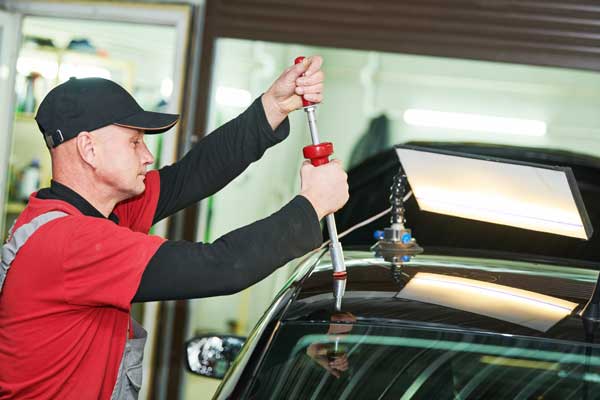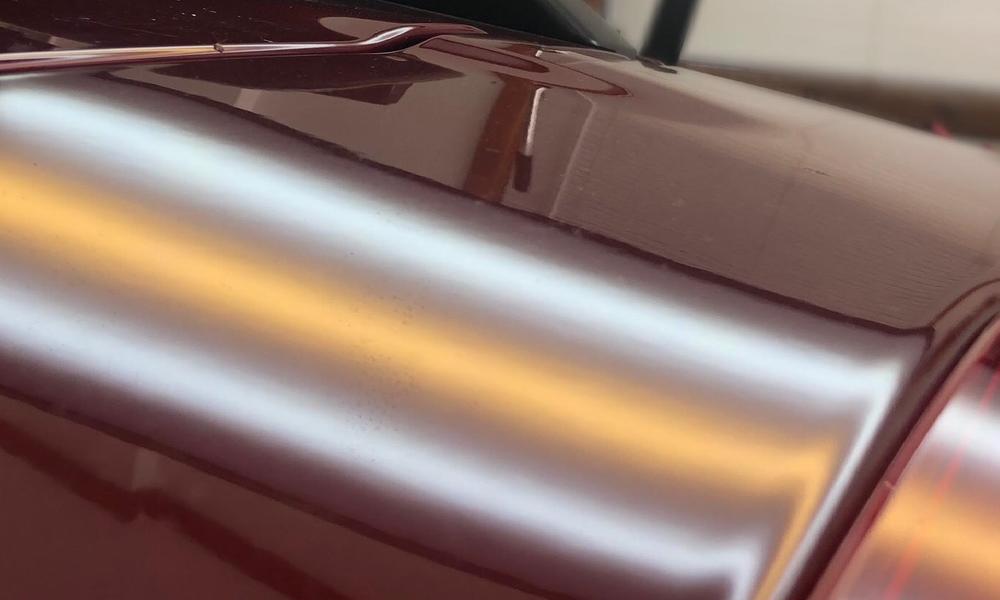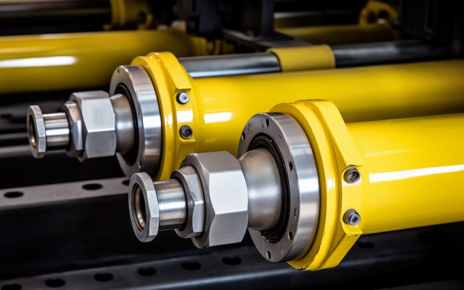Dealing with hail damage can be a daunting experience, especially when navigating the insurance claims process. However, with the right knowledge and preparation, you can simplify the process and maximize your claim for hail damage repairs. Here’s a comprehensive guide to help you through every step.
Step 1: Assess the Damage
After a hailstorm, inspect your vehicle for visible signs of damage. Look for:
- Dents: These can appear on the hood, roof, or trunk of your vehicle.
- Cracked or Shattered Glass: Check windshields, windows, and mirrors for chips or cracks.
- Other Signs of Damage: Pay attention to scratches or marks that could indicate more significant issues beneath the surface.
Document the damage by taking clear photos from multiple angles, including close-ups and wide shots. These images will serve as crucial evidence during the claims process.
Step 2: Contact Your Insurance Provider

Reach out to your insurance company as soon as possible. Comprehensive auto insurance policies typically cover hail damage, but it’s essential to verify your specific coverage details. During this call:
- Ask About the Process: Understand what steps your provider requires.
- Confirm Your Deductible: Know how much you’ll be responsible for paying before coverage kicks in.
- Inquire About Preferred Repair Shops: Some insurers may recommend repair facilities, but the choice is ultimately yours.
Step 3: Schedule an Inspection
Your insurance provider will likely require an inspection to assess the extent of the damage. Prepare for this by:
- Providing Documentation: Share the photos and notes you took during your initial assessment.
- Being Thorough: Highlight any damage that might not be immediately visible to ensure it’s included in the report.
Step 4: Choose the Right Repair Shop
While your insurer might suggest certain repair shops, you are free to select a facility of your choice. When choosing a repair shop:
- Look for Specialization: Ensure the shop has expertise in hail damage repairs and offers Paintless Dent Repair (PDR) for a cost-effective and seamless solution.
- Check Reviews and Certifications: Research the shop’s reputation and verify their qualifications.
- Ask About Warranties: A shop that offers a warranty on their repairs demonstrates confidence in their work.
Step 5: Review the Estimate
After the repair shop evaluates your vehicle, you’ll receive an estimate for the cost of repairs. Compare this with the insurance adjuster’s assessment to ensure there are no discrepancies. If there are differences:
- Request Clarifications: Speak with both the repair shop and your insurance adjuster to reconcile the estimates.
- Advocate for Accuracy: Ensure the full scope of the damage is accounted for in the final estimate.
Step 6: File the Claim
Submit all required documents to your insurance company, including:
- Photos of the damage
- The repair estimate
- The inspection report from the adjuster
Keep copies of everything for your records to prevent any potential disputes later on.
Step 7: Repairs and Final Steps
Once your claim is approved:
- Schedule Repairs Promptly: Delaying repairs can exacerbate the damage, especially if moisture seeps into exposed areas.
- Inspect the Work: After repairs are complete, thoroughly inspect your vehicle to ensure the damage has been fully addressed.
- Collect Warranty Information: Obtain documentation for any warranties provided by the repair shop for added peace of mind.
Tips for a Smooth Claims Process
- Understand Your Policy: Familiarize yourself with your deductible, coverage limits, and any exclusions.
- Act Quickly: Timely action prevents delays and ensures the process moves efficiently.
- Choose the Right Specialists: Opt for repair shops with a proven track record in hail damage repair and PDR.
- Communicate Clearly: Stay in touch with your insurance company and repair shop to keep everyone on the same page.
Why Timely Action Matters
Hail damage isn’t just a cosmetic issue. Left unaddressed, it can lead to:
- Corrosion: Cracks in the paint can allow moisture to seep in, causing rust over time.
- Increased Costs: Prolonged damage may worsen, leading to more extensive and expensive repairs.
By acting promptly and following this guide, you can minimize stress and ensure your vehicle is restored to its pre-storm condition.
Navigating a hail damage insurance claim doesn’t have to be overwhelming. With proper preparation and a clear understanding of the process, you can make informed decisions, avoid common pitfalls, and get your vehicle back on the road in no time. Whether you’re dealing with minor dents or extensive hail damage, a proactive approach ensures a hassle-free experience and peace of mind.





